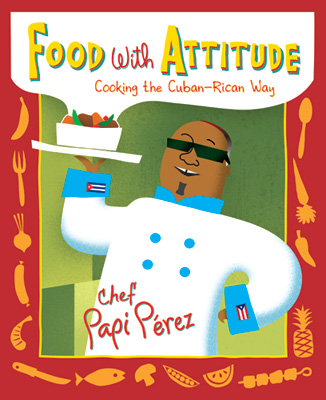click on the image below to download PDF:
As addictions go, it could be worse. In fact, it seems like every year there are studies revealing as many health benefits (lower Parkinsons, diabetes and dimentia rates) to coffee intake as there are negative effects (higher blood pressure, heart rate, and possible irregular heartbeat).
If you are a home barista or, if you're as lucky as I am, a spouse makes your lattes and espressos for you, there are methods to coffee brewing that can seem mysterious to the uninitiated. Timing is important and starting with fresh beans and clean equipment is crucial.
As part of my tireless research for this subject, I ran across this tidbit: The most expensive cup of coffee (about $50 US) is called Kopi Luwak and comes from Indonesia. It's distinguishing characteristic and what makes it so pricey is the fact that every bean is harvested from the droppings of a small mongoose-like animal called a luwak, which ingests the coffee berries and excretes the beans whole. Sounds gross, but because the luwak's digestive system breaks down some of the proteins associated with bitterness and also because the animal only chooses the tastiest coffee berries to begin with, the result is reportedly one smooth and satisfying cup o' joe.












